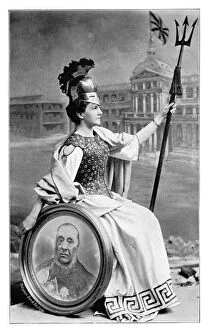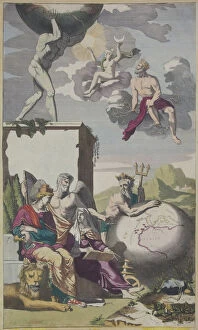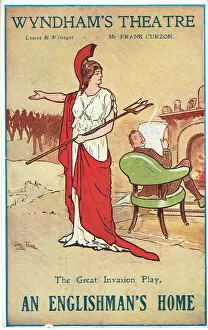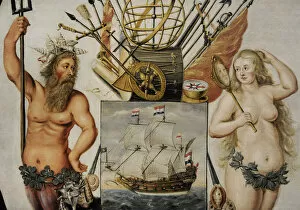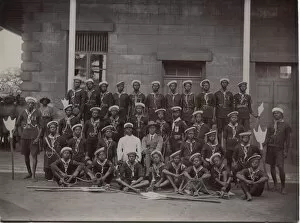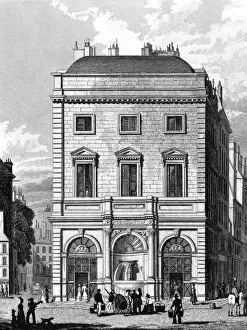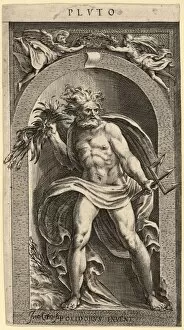Trident Collection (#10)
"Unleashing Power: The Mighty Trident in Various Forms" A symbol of strength and deterrence
For sale as Licensed Images
Choose your image, Select your licence and Download the media
"Unleashing Power: The Mighty Trident in Various Forms" A symbol of strength and deterrence, the HMS Vengeance returns to HMNB Clyde after completing Operational Sea Training. The formidable presence of the nuclear submarine HMS Vigilant reminds us of the unwavering commitment to national security. Witnessing the majestic return of the Nuclear Submarine HMS Vanguard to HMNB Clyde, Scotland fills us with awe and admiration. Stepping back in time, an ancient Roman costume adorned with a trident reflects both power and authority. Roaring through history, Triumph T150 Trident 750 motorcycle captures hearts with its timeless charm and speed. Joining the ranks of greatness, HMS Victorious stands tall as another mighty vessel armed with Trident capabilities. In 1996, HMS Vigilant proudly sailed through Scottish waters as a nuclear-powered Trident submarine safeguarding our shores. Nostalgia takes flight as Hawker Siddeley HS121 Trident 3B G-AWZB dons BEA markings - a tribute to aviation's golden era. Paying homage to Poseidon/Neptune's dominion over seas, Hms Vigilant emerges as a guardian against any threat that may arise from beneath waves' depths. An artistic masterpiece on display - Poseidon depicted on an exquisite vase painting evokes tales of mythical power associated with his iconic trident weapon. Hawker Siddeley HS121 Trident 3B in BEA markings serves as a reminder of aviation advancements that propelled travel into new horizons. In various forms throughout history and across different domains – be it naval might or cultural symbolism – the trident remains an enduring emblem representing power, protection, and progress for humanity's endeavors at sea or in skies above.




